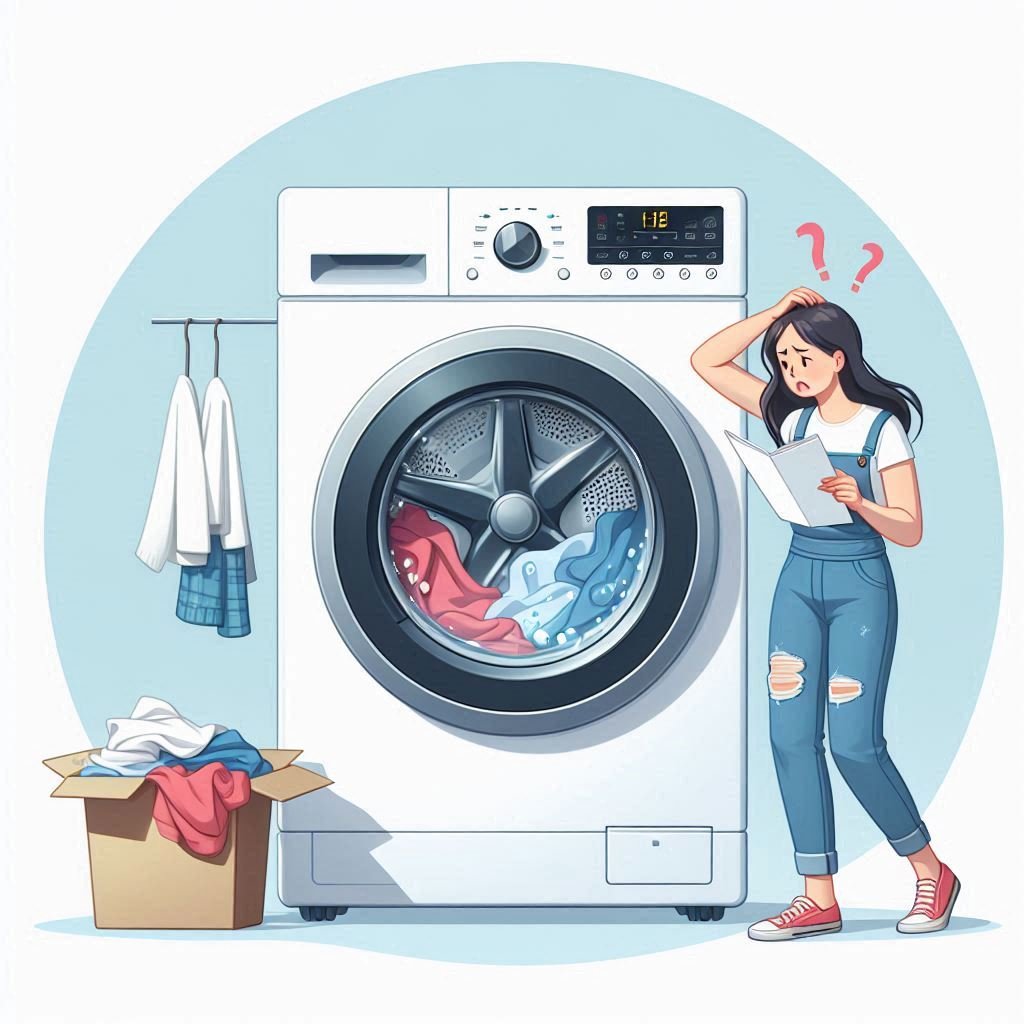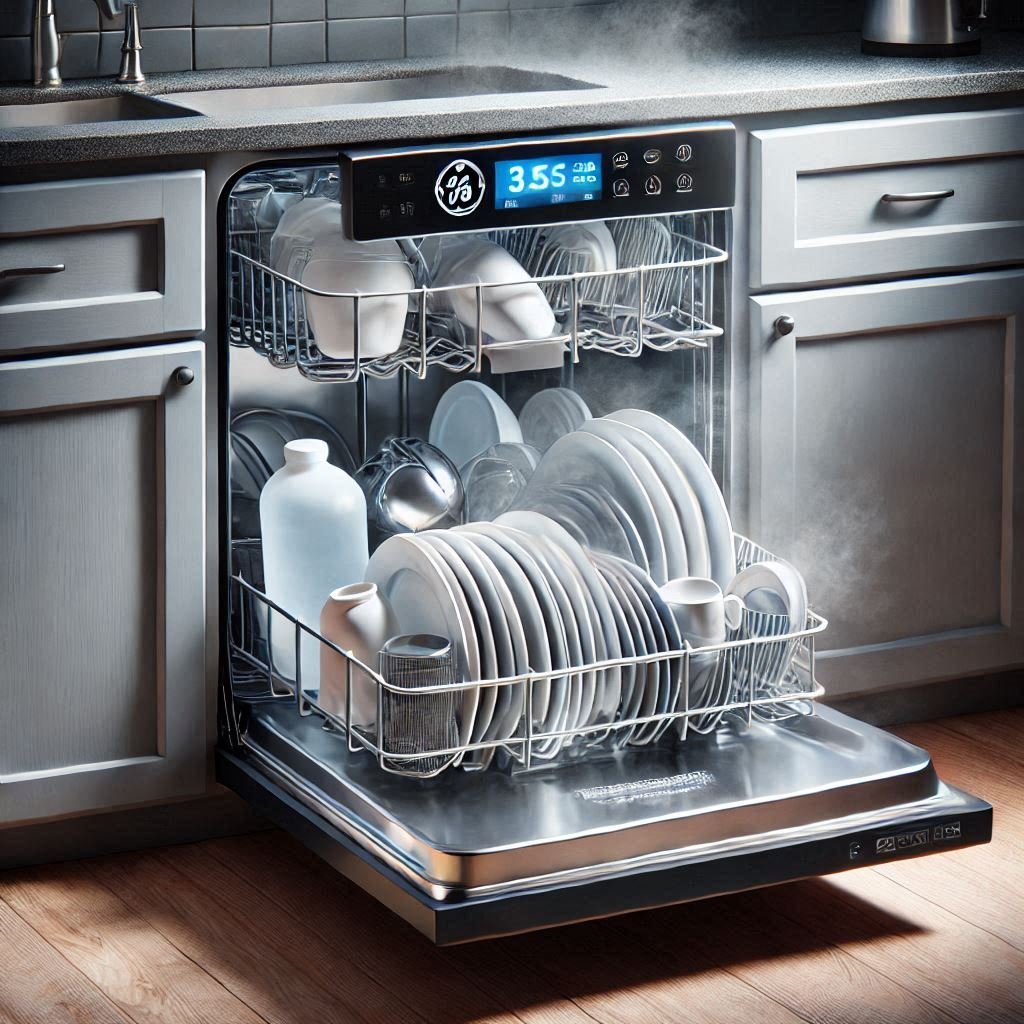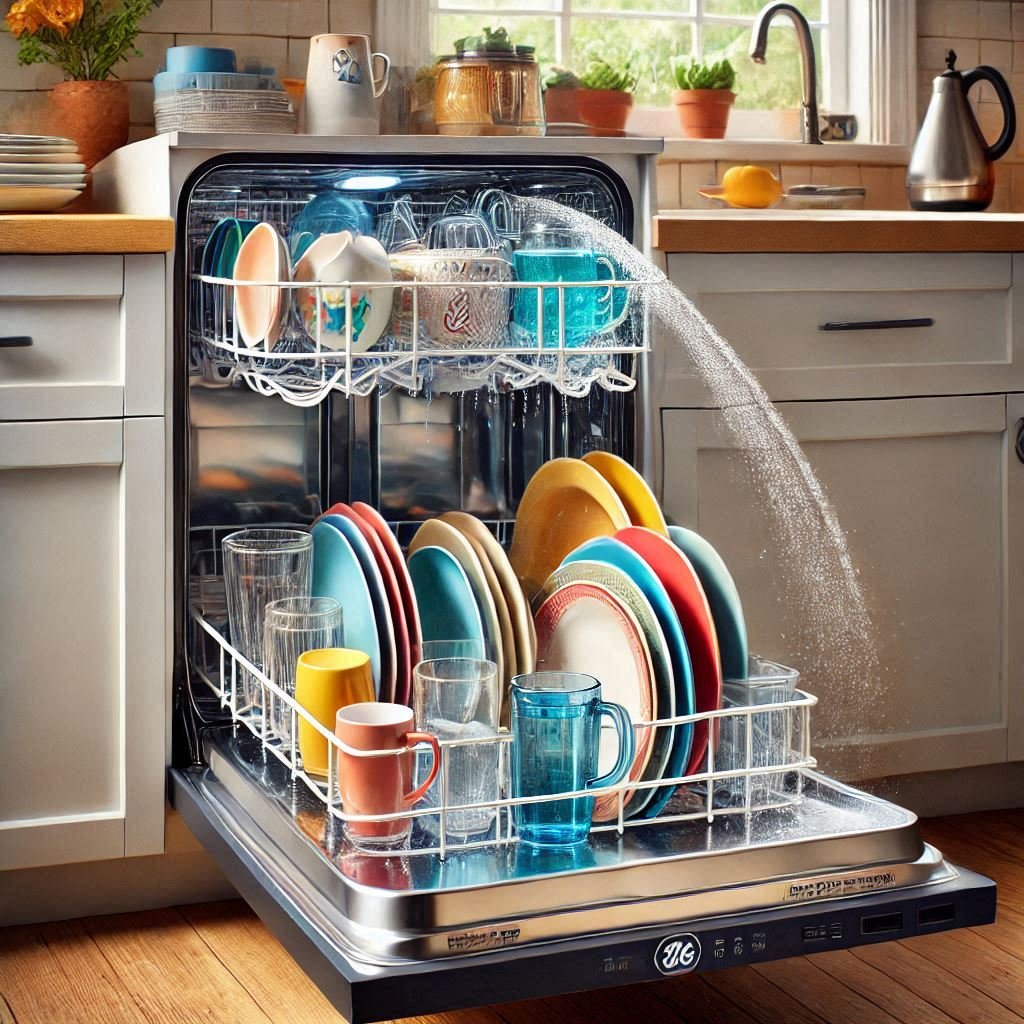If you’re reading this, chances are you’re dealing with a frustrating issue: your Whirlpool washing machine is not spinning. We’ve all been there, faced with a load of laundry and a washing machine that just won’t cooperate. The good news is, there are several steps you can take to diagnose and fix this problem yourself, saving time and potentially a hefty service fee.
In this article, I’ll guide you through some common reasons why your Whirlpool washing machine might not be spinning, and how to fix them. Whether you’re dealing with a minor glitch or a more serious issue, by the end of this post, you’ll be better equipped to get your washer back in working order.

Table of Contents
Common Causes of a Whirlpool Washing Machine Not Spinning
Before diving into the solutions, it’s essential to understand the possible reasons behind your washing machine’s spinning troubles. Here are some of the most common causes:
- Unbalanced Load: When your washing machine is overloaded or the load is distributed unevenly, it can prevent the washer from spinning correctly.
- Faulty Lid Switch: The lid switch is a safety feature that ensures the machine won’t spin if the lid is open. If this switch is faulty, it can prevent the washer from spinning.
- Clogged Drain Pump: If the drain pump is clogged, water won’t drain properly, and the washer might not spin.
- Worn Out Drive Belt: The drive belt transfers motion from the motor to the drum. If it’s worn out or broken, the drum won’t spin.
- Motor Coupling Issues: In direct-drive washing machines, a motor coupling connects the motor to the transmission. If it’s broken, the washer won’t spin.
- Malfunctioning Timer: The timer controls the cycles of the washing machine. A malfunctioning timer can disrupt the spinning cycle.
Step-by-Step Solutions of Whirlpool Washing Machine Not Spinning Issue
Check the Load Balance
An unbalanced load is one of the simplest issues to fix. Here’s what you can do:
- Stop the Machine: Pause the washing cycle and open the lid.
- Redistribute the Clothes: Spread the clothes evenly around the drum. Avoid overloading the washer, as this can prevent proper spinning.
- Resume the Cycle: Close the lid and restart the spin cycle. If the machine starts spinning, you’ve likely fixed the issue.
Inspect the Lid Switch
A faulty lid switch can prevent your washer from spinning. Here’s how to check it:
- Unplug the Washer: For safety, always unplug your washer before inspecting it.
- Locate the Lid Switch: The lid switch is usually located under the lid or along the rim of the opening.
- Test the Switch: Press the switch and listen for a clicking sound. If you don’t hear it, the switch might be faulty.
- Replace if Necessary: If the switch is indeed faulty, it will need to be replaced. Refer to your washer’s manual for detailed instructions on replacing the lid switch.
Clear the Drain Pump
A clogged drain pump can prevent the washer from spinning. Follow these steps:
- Unplug the Washer: Always ensure the machine is unplugged before performing any maintenance.
- Access the Drain Pump: The drain pump is usually located at the bottom of the washer. You may need to remove the front panel to access it.
- Check for Clogs: Inspect the pump and the drain hose for any obstructions. Remove any debris or objects that might be blocking the flow.
- Test the Pump: After clearing any clogs, reassemble the washer and run a test cycle.
Examine the Drive Belt
A worn-out drive belt can cause spinning issues. Here’s how to check it:
- Unplug the Washer: Safety first—unplug the machine before inspecting it.
- Locate the Drive Belt: The drive belt is located at the back of the washer.
- Inspect for Wear: Check the belt for any signs of wear, fraying, or breakage.
- Replace if Necessary: If the belt is damaged, it will need to be replaced. Follow the instructions in your washer’s manual for proper replacement.
Check the Motor Coupling
In direct-drive washers, a broken motor coupling can prevent the drum from spinning:
- Unplug the Washer: Ensure the washer is unplugged before starting any repairs.
- Locate the Motor Coupling: It’s usually located between the motor and the transmission.
- Inspect for Damage: Check the coupling for any signs of damage or breakage.
- Replace if Necessary: If the coupling is broken, replace it according to the instructions in your washer’s manual.
Test the Timer
A malfunctioning timer can disrupt the spin cycle. Here’s how to test it:
- Unplug the Washer: Safety is paramount—unplug the machine before testing the timer.
- Access the Control Panel: The timer is located in the control panel.
- Check the Timer: Use a multimeter to test the timer for continuity. If it’s faulty, it will need to be replaced.
- Replace if Necessary: Follow your washer’s manual for detailed replacement instructions.
When to Call a Professional
While many issues with a Whirlpool washing machine not spinning can be resolved with a bit of DIY effort, there are times when it’s best to call in a professional. If you’ve gone through the steps above and your washer still isn’t spinning, it might be a more serious issue that requires professional expertise.
Preventive Measures
To avoid future issues with your Whirlpool washing machine not spinning, consider the following preventive measures:
- Regular Maintenance: Periodically check and clean the drain pump, hoses, and other components.
- Balance Loads Properly: Always ensure your laundry is evenly distributed around the drum.
- Avoid Overloading: Stick to the washer’s recommended load capacity to prevent strain on the motor and other components.
- Routine Inspections: Regularly inspect the drive belt, motor coupling, and other parts for signs of wear and tear.
Bottom Line
Dealing with a Whirlpool washing machine not spinning can be frustrating, but with a little patience and the right approach, you can often resolve the issue on your own. By following the steps outlined above, you’ll be better equipped to diagnose and fix common problems. Remember, if the issue persists, it’s always wise to seek professional help to ensure your washer is operating safely and efficiently.




Leave a Reply